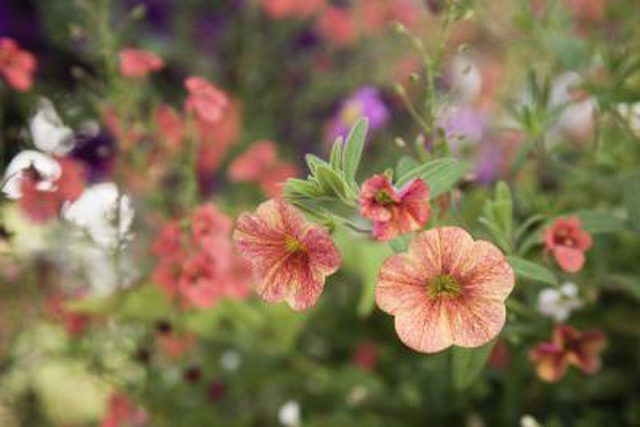Bulbs
Flower Basics
Flower Beds & Specialty Gardens
Flower Garden
Garden Furniture
Garden Gnomes
Garden Seeds
Garden Sheds
Garden Statues
Garden Tools & Supplies
Gardening Basics
Green & Organic
Groundcovers & Vines
Growing Annuals
Growing Basil
Growing Beans
Growing Berries
Growing Blueberries
Growing Cactus
Growing Corn
Growing Cotton
Growing Edibles
Growing Flowers
Growing Garlic
Growing Grapes
Growing Grass
Growing Herbs
Growing Jasmine
Growing Mint
Growing Mushrooms
Orchids
Growing Peanuts
Growing Perennials
Growing Plants
Growing Rosemary
Growing Roses
Growing Strawberries
Growing Sunflowers
Growing Thyme
Growing Tomatoes
Growing Tulips
Growing Vegetables
Herb Basics
Herb Garden
Indoor Growing
Landscaping Basics
Landscaping Patios
Landscaping Plants
Landscaping Shrubs
Landscaping Trees
Landscaping Walks & Pathways
Lawn Basics
Lawn Maintenance
Lawn Mowers
Lawn Ornaments
Lawn Planting
Lawn Tools
Outdoor Growing
Overall Landscape Planning
Pests, Weeds & Problems
Plant Basics
Rock Garden
Rose Garden
Shrubs
Soil
Specialty Gardens
Trees
Vegetable Garden
Yard Maintenance
Are Petunias Perennials?
Are Petunias Perennials?. The petunia -- with its long blooming period and low maintenance requirements -- remains one of the most popular flowering plants among gardeners, according to Clemson University Cooperative Extension. The plant grows 6 to 18 inches in height and spreads up to 4 feet, making it ideal for borders, containers and mass...

The petunia -- with its long blooming period and low maintenance requirements -- remains one of the most popular flowering plants among gardeners, according to Clemson University Cooperative Extension. The plant grows 6 to 18 inches in height and spreads up to 4 feet, making it ideal for borders, containers and mass plantings.
Flowering
Petunias are annual flowers that bloom from spring until frost in the fall. Flowers reach up to 4 inches in diameter, depending on the cultivar, with the 'Grandiflora' variety producing the largest blooms. All petunias, but especially white and purple ones, produce a pleasant fragrance.
Growing Conditions
Although petunias are annuals, providing the best possible growing conditions allows petunias to produce more flowers for a longer period of time. Choose short and compact plants at the nursery, preferably ones without flowers, for best results when transplanting. Place petunias in full sun to avoid spindly plants with few flowers. Water deeply on a weekly basis and apply balanced fertilizer monthly to encourage root development and support fast growth and abundant flower production.
Deadheading
Removing old blooms allows petunias to put energy into new flower production rather than increased size and foliage development. This also improves the appearance of the plant.